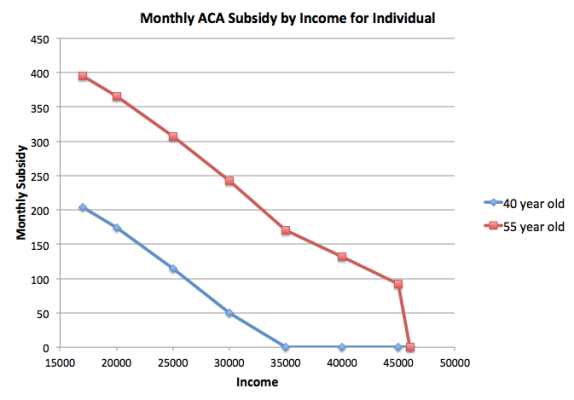I have a slightly different issue coming up and I have no idea how it's going to play out come tax time, but I think it's going to be ugly.
We moved from one California county to another in June 2014. Before the move, our premium was quite high, but our tax credit was high as well. After the move, our overall premium dropped about 25%, but our tax credit also dropped, making our share 6 times what we'd paid.
It took me over 2 months and many phone calls to get CoveredCA to process our new address. In the meantime, I kept throwing money at Anthem, per CoveredCA's direction, to make sure we didn't lose coverage. We kept the same plan and had the same income; we only changed address.
It took CoveredCA another few months to send our updated information to Anthem, so Anthem kept returning my now-increased premium checks. I knew Anthem didn't have our new address because I kept getting the forwarded premium invoices.
When I called Anthem to tell them we'd moved, they said they would not accept this from me. It could only come from Covered CA.

The upshot is that
CoveredCA sent the wrong move date and we ended up getting billed in our new area for the whole year. We found this out in December. Any premiums we'd paid all through the year at the lower cost were piled together to pay those new, higher premiums.
As a result, a doctor's visit claim in December got denied; Anthem told our doctor that we had not paid any premiums since March of 2014! I talked to the doctor's office and told them what was going on. It's hard enough to find doctors who even take that insurance, so I wanted not to leave them hanging.
Once again I called Anthem, who explained how those premiums were applied--albeit wrongly--but they would not accept my word for it, so I've tried to call CoveredCA. No luck with that, during Open Enrollment. I could never even get to a real person to talk to.
Today I'll send a letter out to CoveredCA, asking them to give Anthem the correct information.
According to what I've seen from Anthem, we also lost the tax credit, which was substantial, for the first 5 months of the year. I am hoping that if CoveredCA changes the date with Anthem, they'll also wake up and fix the tax form that should be coming our way.
On a positive note, I sent Anthem some more money, and they kept it this time, which unlocked the benefits for the December doctor's visit. Since we're on a Bronze HSA plan, of course we're only benefiting from the negotiated rates, but still, we're glad to have insurance.
PS We left Anthem and moved to Kaiser for 2015. So far, we're really happy with Kaiser, but we still want to get Anthem sorted out for 2014.





